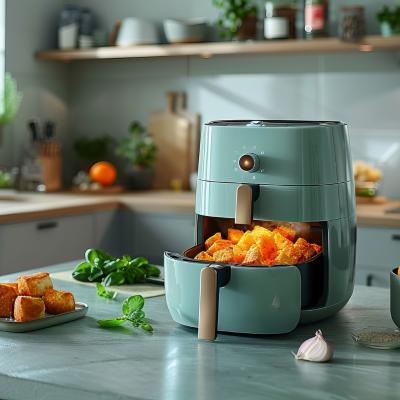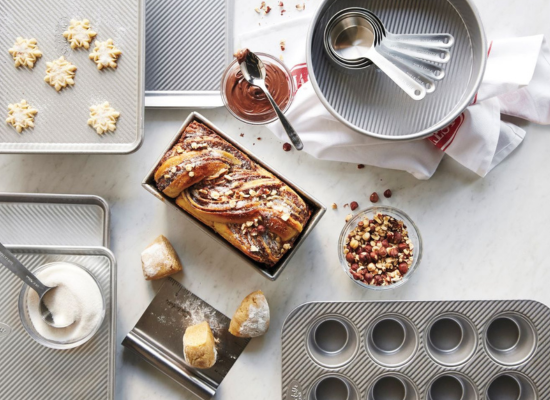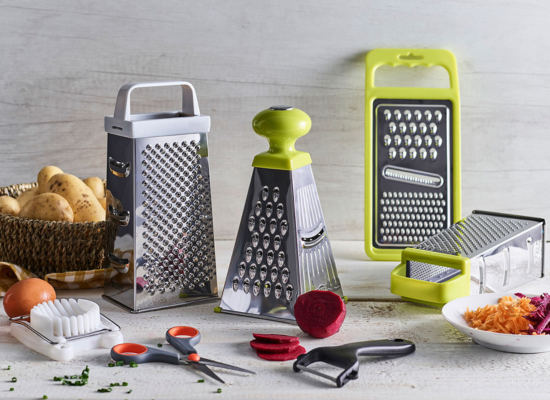
Did you just try to make some golden-brown toast but your toaster oven absolutely obliterated the bread? Why are toasters designed with a setting that burns the bread?
"Toasters aren’t designed only to toast regular sliced bread. The max setting on toasters can be just right for toasting things like frozen waffles and whole frozen bagels."
What do the numbers on toasters mean?
A common misconception is that the numbers on toasters refer to minutes e.g. setting "2" would mean your bread gets toasted for 2 minutes. This is not the case for the overwhelming majority of toasters (a small proportion of toasters have mechanical timers).
The way toasters work does vary a bit from model to model, but almost all modern toasters are what are called “capacitor toasters”. In these toasters, a capacitor (a device that stores electrical energy) is charged until it reaches a specific voltage. When that voltage has been reached, the toaster’s circuit knows to shut off—this is when your toast will pop up.
So what do the numbers mean? The numbers represent the resistance rate at which the capacitor is charged and therefore how quickly it is charged. A lower number indicates more resistance—this charges the capacitor more quickly, meaning your toast pops up sooner. Less time in the toaster means less toastiness.
Using a higher setting on the toaster means the capacitor is charged with less resistance, and your toast stays in the toaster longer—getting more toasty (or burned!). So basically, the numbers are a representation of the degree of toastiness that your bread will achieve.
What is the max setting on toasters?
So now we know what the settings mean on toasters, but we still haven’t pried very deeply into what the max setting on toasters is for. The setting is especially effective on frozen and thick bread products. Particularly frozen items that have a lot of moisture inside.
Do you know how sometimes food that has been in the freezer for too long starts to get a lot of ice on it? If you were to toast frozen bread with a lot of moisture on a low toaster setting, you would probably end up with bread that was a little toasted on the outside but soggy or still frozen on the inside (not very appealing). A higher setting would give the bread long enough in the toaster for the heat to cause that moisture to evaporate out of the bread.
The max setting could be used for:
- Bagels
- Waffles
- English muffins
- Crumpets
- Very dense bread
- Thick bread
- Moist bread
- Hot dog buns
- Hamburger buns
- Really any kind of bun
- Poptarts
- Toaster strudels
- Darker/blackened/burned toast (some people like it that way—who are we to judge!)
Summary
Why do toasters have a setting that burns the bread? The short answer is that toasters are designed to toast a wide range of foods besides ordinary sliced bread. The max setting is suited to items that are thick, dense, frozen, or moist—or a combination of these qualities.
Just make sure you remember to dial back the toaster after you use the max setting so you don’t burn your toast the next time!



